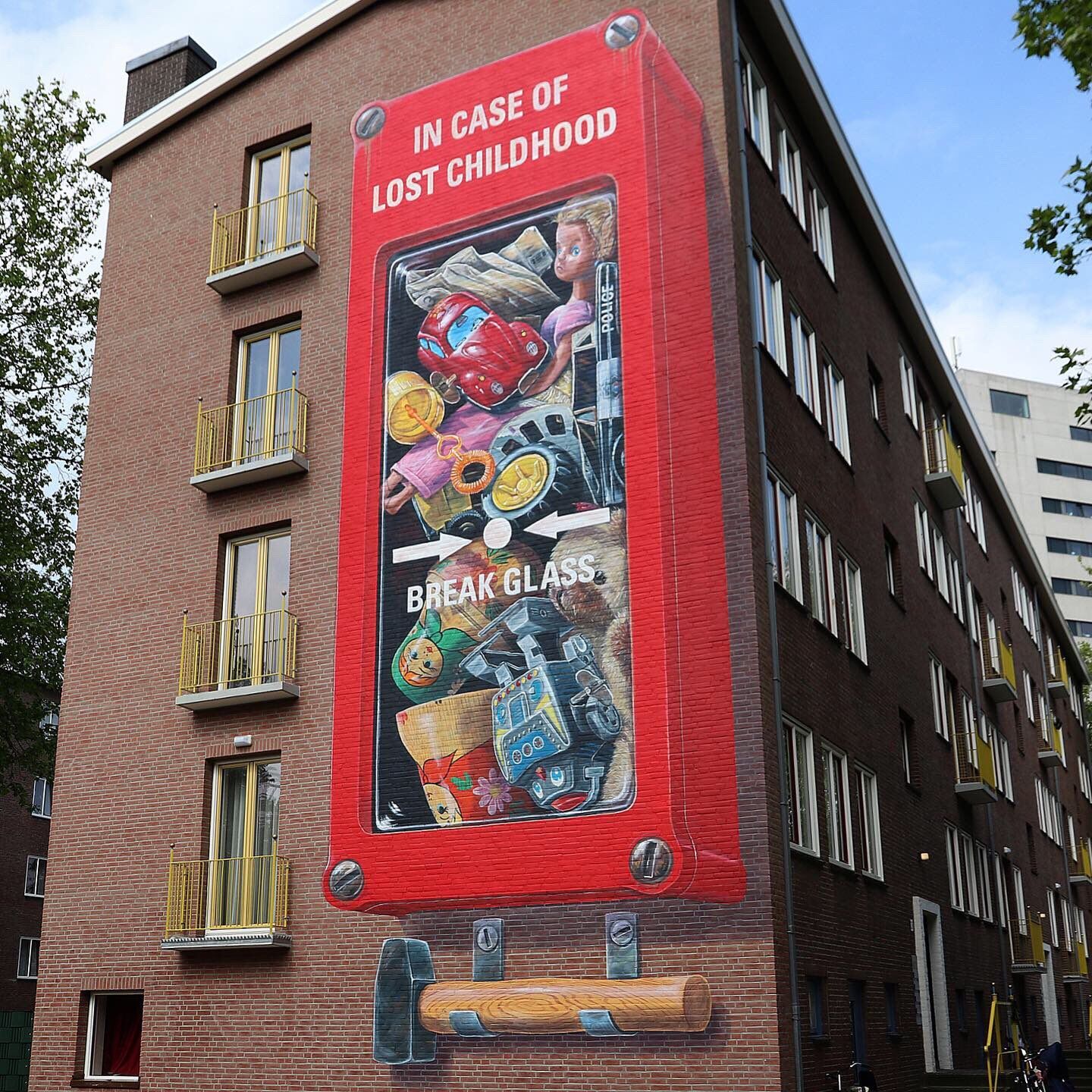Everything You Need to Know About 3D Street Art and Anamorphic Art

Art has always been a reflection of society, and street art is no different. But what happens when artists take their creativity off the canvas and onto the streets? Welcome to the fascinating world of 3D Street Art and Anamorphic Art!
Understanding the Art: A Brief Overview
What is 3D Street Art?
3D street art, often known as pavement art, is a form of artwork painted or drawn in a style that creates an optical illusion. The result is a captivating 3D image that seems to pop right out of the ground!
The Magic of Anamorphic Art
Anamorphic art, on the other hand, is a technique that manipulates perspective to create an image that only makes sense when viewed from a specific angle or through a distorting lens. It's like a secret message visible only to those who know where to look!
The History of 3D Street Art
Origins and Evolution
The roots of 3D street art can be traced back to Renaissance Italy, while anamorphic art has been around even longer. Both art forms have evolved over the centuries, adapting to changing times while always pushing the boundaries of creativity.
The Making of 3D Street Art
Key Techniques
Creating 3D street art involves techniques like foreshortening, shading, and rendering to create the illusion of depth.
Tools and Materials
Artists use chalk, pastels, or even spray paint on concrete, asphalt, or even sidewalks to bring their visions to life.
The Intricacies of Anamorphic Art
Creating the Illusion
Anamorphic art challenges our perception of space and reality. By distorting an image across a surface, artists can make it appear correct only from a specific viewpoint.
The Role of Perspective
Perspective plays a crucial role in anamorphic art. The concept is all about manipulating the viewer's perception to make flat images appear three-dimensional.
Influential 3D Street Artists and Anamorphic Artists
Trailblazers and Trendsetters
Artists like Leon Keer, Kurt Wenner, Edgar Mueller, and Julian Beever have paved the way for the popularity of 3D street art, while artists like Felice Varini and István Orosz have championed the technique of anamorphic art.
The Impact of 3D Street Art
Cultural Significance
3D street art has the power to transform mundane urban landscapes into vibrant, interactive masterpieces. It's a form of public art that engages the community, sparks conversation, and challenges societal norms.
Commercial Influence
In the commercial world, 3D street art and anamorphic art have found a niche in advertising and promotions due to their eye-catching and interactive nature.
The Future of 3D Street Art and Anamorphic Art
Innovations and Expectations
With advancements in technology, artists are incorporating elements like augmented reality (AR) to push the boundaries of these art forms further. The future promises to be even more exciting!
Conclusion
Whether you're a seasoned art enthusiast or a curious bystander, the world of 3D street art and anamorphic art has something to captivate everyone. Its transformative power, combined with the raw talent of the artists, ensures these art forms will continue to surprise and delight us for years to come.
Frequently Asked Questions
Q1. Can anyone create 3D Street Art?
Anyone with a passion for art and a willingness to learn can create 3D street art. However, mastering the techniques to create realistic 3D illusions requires practice.
Q2. How long does it take to create a 3D street art piece?
The time it takes to create a 3D street art piece varies depending on the complexity of the design and the size of the artwork. It can take anywhere from a few hours to several days.
Q3. What materials are used in Anamorphic Art?
Anamorphic art can be created using a variety of materials, including paint, chalk, or digital tools. The choice of materials often depends on the artist's preference and the surface they're working on.
Q4. How long does 3D street art last?
The lifespan of 3D street art depends on various factors like the materials used, weather conditions, and foot traffic. While some pieces may only last a few days, others could stay intact for several weeks or even months.
Q5. Where can I see 3D street art?
You can find 3D street art in public spaces in cities all over the world. Festivals like the SCAD Sidewalk Arts Festival in Savanah, GA, Sarasota Chalk Festival in the USA or the Street Art Festival in Germany are excellent places to see this art form in action.
TALK TO A PRO
We're here to bring your brand to life!
Stay Connected with BrandXR
Create Augmented Reality for Free!
Create, Publish, and Measure 3D Augmented Reality Experiences Without Having to Code.














